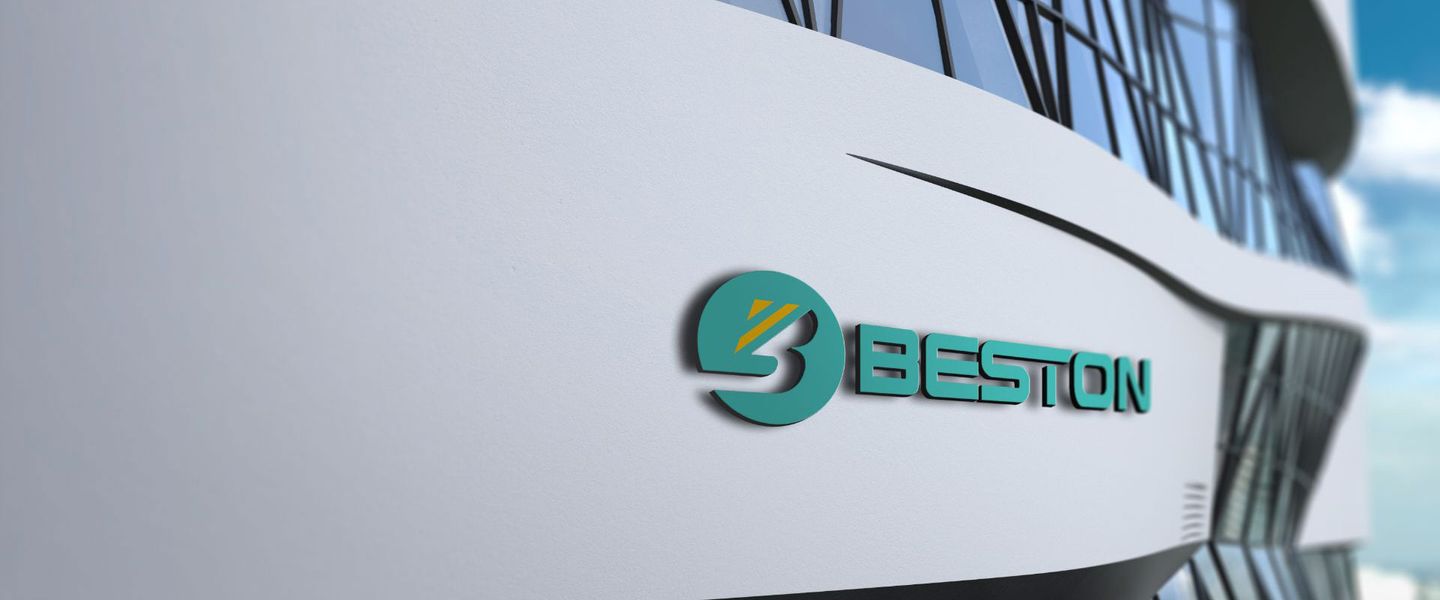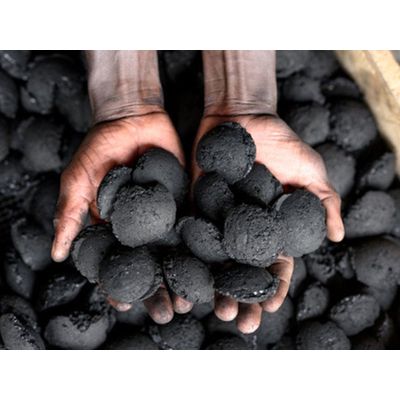

- Home
- Companies
- Beston Group Co., Ltd.
- Articles
- Enhancing the Quality of Barbecue ...

Enhancing the Quality of Barbecue Charcoal Production
The quality of barbecue charcoal is paramount for a superior grilling experience. High-quality charcoal ensures consistent heat, minimal smoke, and extended burn time, which are crucial for grilling food to perfection. Achieving the desired quality requires attention to various factors during both the production and processing stages. From raw material selection to machine efficiency, several strategies can improve the final product. This article delves into the methods for enhancing barbecue charcoal quality, with an emphasis on the critical role of the BBQ charcoal making machine in the process.
Optimizing Raw Material Selection
The foundation of high-quality barbecue charcoal lies in selecting the right raw materials. Typically, hardwoods such as oak, hickory, and maple are favored because of their dense structure and ability to produce longer-lasting, hotter coals. The type of wood used plays a significant role in the calorific value and aroma of the final product.
- Wood Type and Moisture Content: Hardwood varieties contain more energy than softwoods, making them ideal for charcoal production. Additionally, the moisture content of the wood is critical—too much moisture can result in inefficient burning, excessive smoke, and reduced heat output. Ideally, the wood should be dried to a moisture level of around 20%. This allows for a cleaner burn and improved charcoal yield.
- Processing the Raw Materials: Prior to pyrolysis, the raw wood must be prepared, which involves cutting it into uniform sizes. Uniformity in the raw material size ensures even heating during the charcoal production process. Wood that is too large or irregular in shape can lead to uneven pyrolysis, resulting in inconsistent charcoal quality.
Maximizing Pyrolysis Efficiency
The pyrolysis process, wherein the raw materials are subjected to high heat in the absence of oxygen, is where the magic of charcoal production happens. During pyrolysis, the volatile components of the wood are vaporized, leaving behind carbon-rich charcoal. However, to maximize charcoal quality, several factors need to be optimized in charcoal making equipment.
- Temperature Control: The temperature at which the raw material is heated plays a crucial role in determining the quality of the charcoal. Ideally, the temperature should be between 400°C and 700°C. At lower temperatures, the yield of charcoal is higher, but the quality may suffer in terms of heat output and burn time. Higher temperatures produce more refined charcoal, but at the cost of reduced yield. A balanced approach is essential.
- Pyrolysis Time: The duration of the pyrolysis process also influences charcoal quality. Extended pyrolysis periods can enhance carbon content but may also lead to over-carbonization, making the charcoal brittle and prone to crumbling. Maintaining an optimal pyrolysis time ensures a well-formed, durable product.
- Gas Recovery and Utilization: One of the important by-products of pyrolysis is syngas, which can be captured and used to fuel the pyrolysis process itself, thus improving energy efficiency. Using syngas for the heating process ensures a continuous, cost-effective operation, minimizing reliance on external energy sources. This not only lowers production costs but also improves overall process efficiency.
Role of the BBQ Charcoal Machine
The BBQ charcoal machine is at the heart of the production process, as it directly impacts the yield and quality of the final charcoal product. Selecting an efficient, high-quality BBQ charcoal machine is key to achieving superior results.
- Advanced Technology for Better Control: Modern BBQ charcoal machines are equipped with advanced temperature and airflow control systems that allow for precise regulation of the pyrolysis process. These machines offer consistent heating, which helps maintain uniform charcoal quality. By adjusting the parameters such as temperature, pressure, and time, operators can fine-tune the machine for optimal results.
- Continuous vs. Batch Processing: Continuous BBQ charcoal machines are capable of maintaining a steady flow of raw material, which enhances throughput and ensures a consistent production rate. The continuous process allows for uniform heating and better-quality charcoal, whereas batch processing can sometimes result in variability in product quality. A continuous pyrolysis system is therefore preferable for large-scale production.
- Post-Pyrolysis Processing: After pyrolysis, charcoal is often crushed and sieved to remove fines and other undesirable components. The BBQ charcoal machine can be integrated with post-processing systems that screen the charcoal to remove dust, ensuring that only uniform-sized, high-quality lumps make it to the final stage. This step enhances the overall quality of the final product, ensuring that it burns efficiently with minimal ash.
